Embarking on a game development project without a well-crafted game design document (GDD) is akin to navigating a complex maze blindfolded. A GDD not only acts as a critical navigational tool but also ensures that all team members are aligned with the game's vision. It's a detailed blueprint outlining every facet of the game, from its narrative elements to gameplay mechanics.
So, what is a game design document? A game design document is fundamental to successful game development. It functions as a comprehensive guide, detailing various aspects like character design, level progression, and interface layout. This meticulously prepared document enables developers to maintain consistency in their creative vision throughout the game's development process.
Creating a game design document is a detailed and iterative process. It begins with a concept and evolves as the game's design takes shape. This document should be revisited and updated regularly, ensuring that it reflects any changes or new ideas that arise during development. It's a living document that grows with the game.
The significance of a game design document cannot be overstated. It is as critical to the game development process as the art of game design itself. By establishing clear guidelines and objectives, the design document ensures that the game development team can work efficiently and cohesively.
This guide will provide you with the insights and tools necessary to construct an effective game art design. Our goal is to demystify the process and equip you with the knowledge to confidently and clearly initiate your game design journey. By understanding the components and purpose of a game design document, you'll be better prepared to translate your creative vision into a compelling and engaging game.
What are the Basics of Making a Design Document for Video Games?
1) Objectives
A set of well-defined objectives anchors every successful game project, and a game design document is pivotal in outlining these. Within this critical document, one finds the game's description and classification, articulating the central theme and firmly establishing the game's genre and market niche. This section of the game design document is crucial as it lays the foundation for what the game aims to achieve and how it differentiates itself within a competitive landscape.
Furthermore, the game design document delves into the specifics of the intended market. It goes beyond just the gameplay mechanics; it encompasses an analysis of the target audience, drawing parallels and distinctions with existing games in the market. This comparative analysis within the game design document is vital in identifying the game's unique selling points and potential market position.
In addition to this, the game design document includes comprehensive marketing strategies. It outlines how the game will reach its audience and compete in the market, including a detailed plan for monetization, which is integral to the game's financial success. The monetization strategies, whether through in-app purchases, advertisements, or premium pricing, are thoroughly planned and documented in this section of the game design document.
How can you target the largest audience for your game?
Creating a game that captivates and retains players hinges on the ability to make your game immersive. This involves designing a world players explore and feel a deep connection to. Achieving this level of engagement is crucial; when players are truly absorbed in the game's universe, they are more likely to share their experiences, effectively broadening its appeal through word-of-mouth.
A practical and strategic approach to game design is making a cross-platform game. This expands the game's reach, allowing players on various devices to access and enjoy the game. Combining immersive gameplay with wide accessibility is a strategy that often increases the game's user base and, consequently, its sales figures.
The game design document plays a vital role in this process. It serves as a detailed plan, outlining how to create an immersive environment and ensuring the game's design is adaptable across different platforms. This document should capture the essence of the game's world, detailing how it will engage and captivate players.
2) Gameplay
A comprehensive understanding of the game from a player's perspective is essential in effective game design. This understanding is typically encapsulated in a section of the game design document, which conveys the essential plot points and the journey the player undertakes through various levels and challenges. This part of the document is crucial as it paints a vivid picture of the player's experience, mapping out the progression from simpler stages to more complex ones.
In the game design document, a detailed description of the core gameplay mechanics is paramount, including the primary gameplay and the additional elements that enrich the player's experience, such as mini-games and side quests. These components are intricately designed to provide depth and variety to the game, ensuring the player's engagement remains high throughout their journey.
Furthermore, the game design document should clearly outline the objectives and goals that the player is expected to achieve. This includes a comprehensive list of the skills, power-ups, and abilities players will have to overcome obstacles and progress through the game. This detailed planning in the game design phase ensures that players have a clear sense of direction and purpose as they navigate through the game.
Equally important in the game design document is the explanation of failure modes. This section details players' challenges and consequences when they fail to meet certain objectives or fall short in their strategy. Documenting these aspects provides a clear understanding of the risks and stakes involved in the game, adding an essential layer of realism and challenge.
What are the best game mechanics to keep players engaged?
Sticking faithfully to your game's chosen genre is a cornerstone of success in game development. If your game is marketed as a quick and engaging experience requiring minimal time investment from players, incorporating amazing hyper-casual game mechanics is a brilliant strategy. Such mechanics, particularly actions like tapping and swiping the screen in quick succession, are designed to keep the player immersed and attentive during each gameplay session. These simple yet engaging interactions are key in maintaining a player's interest, ensuring they remain focused and entertained without room for distraction.
In developing the game design document, a comprehensive explanation of how these hyper-casual mechanics will be integrated into the game is essential. The document should offer a clear blueprint of how each tap and swipe translates into actions within the game, making the experience seamless and intuitive for the player.
Moreover, when crafting the game design document, it's important to focus on how these mechanics align with the overall game design. Ensuring that these interactions are not only enjoyable but also contribute to the game's broader objectives and themes is crucial. The design document serves as a roadmap, guiding the development team in creating a cohesive and engaging gaming experience that resonates with the target audience.
3) Assets
Flexibility is a crucial aspect of the game design document section for estimating art assets. While it's important to estimate the different art assets required for the project, it's also understood that these requirements may evolve as the game development progresses. At a minimum, it's essential to define the primary and secondary characters that will require design and not to overlook the accompanying assets. These assets encompass a range of elements such as concept art, animation, audio and voice tracks, music, 3D models, and many other components integral to bringing the game's world to life.
Additionally, when drafting the game design document, it's advisable to possess at least a basic understanding of the menus and user interface (UI) implemented in the game. The design document should outline this preliminary vision for the UI, offering an initial framework that can be refined as the game design evolves. The document should serve as a dynamic blueprint, adaptable yet detailed, guiding game design's creative and technical aspects.
The game design document's role in capturing these early-stage plans cannot be overstated. It ensures all team members understand the game's visual and interactive components from the outset. As the game design process advances, this document becomes a critical reference point, ensuring that the game's aesthetic aligns with the overall vision and gameplay experience.
Therefore, the design document includes a catalog of required art assets and provides a coherent plan for their integration into the game. This meticulous planning in the game design document is crucial for a cohesive and immersive game experience, ensuring that every visual and audio element contributes effectively to the game's overall narrative and aesthetic appeal.
What is the key to making great game UI?
UI in game design extends well beyond a mere collection of menus and options; it is, in essence, the core interface through which players engage with your game. Mastering the art of UI design is crucial for creating an intuitive and enjoyable player experience. To optimize your game's UI, consider strategies like reducing its screen real estate. Doing so provides players with a more immersive gaming environment, free from unnecessary clutter. Another practical approach is to convey information visually through symbols and animations rather than relying heavily on text.
For those seeking to delve deeper into the nuances of UI design in games, our article on how to make game UI effective offers a wealth of information. This resource is part of the comprehensive game design document, a key tool for any game developer. The game design document should include a detailed section on UI design, outlining the principles and strategies for creating an effective UI. This part of the document is crucial as it guides the development team in crafting an interface that is functional and appealing to the player.
In the game design document, it's important to detail how the UI will integrate with the overall game design. The UI should be efficient and align with the game's aesthetic and narrative. This requires thoughtful planning and consideration, all of which should be well-documented in the game design document. The design document serves as a blueprint, ensuring that every game aspect, including the UI, contributes to a cohesive and engaging player experience.
4) Project scope
The intricate details of your project, encompassing its technical requirements and stack, along with time and cost estimates, form the backbone of the game design document. This section also includes a comprehensive list of specialists anticipated to be involved in the project. Creating these precise estimates is collaborative, demanding in-depth input and analysis from experts in many fields. These professionals range from marketing representatives and developers to artists, business development managers, and more, each bringing unique expertise.
Within the game design document, it's also essential to clearly define the roles and responsibilities of the production team. Similar delineation ensures that each member understands their specific duties and how they contribute to the project's overall success. Additionally, the document should outline the responsibilities of executives who are crucial in steering the project toward its goals and ensuring it remains on track.
The game design document acts as a comprehensive guide, not only in terms of the technical and creative aspects of the game but also in the management and coordination of the team. By thoroughly documenting the project's requirements and the estimated resources and time needed, the game design document becomes an invaluable tool for planning and executing the game development process efficiently.
Where can you find specialists for your game?
Identifying that your project is short on specialists shouldn't lead to worry. Finding game artists is pretty hard. There are various reliable sources to hire, including local job markets, freelance portals, and outsourcing companies. When searching for candidates, it's essential to understand each job position's unique characteristics. In particular, for roles such as game artists or technical artists, evaluating their portfolios is a critical step. Through this review process, their artistic abilities and compatibility with your project's aesthetic can be properly assessed.
Our guide on game art outsourcing offers further insights and strategies for this process. It complements the game design document, which is a cornerstone in defining the artistic and technical requirements of your game. The game design document, with its detailed descriptions and specifications, acts as a guide to identify the exact skills and expertise needed for your project.
In the field of game design, assembling a team that aligns perfectly with the project's needs is paramount. The game design document does more than outline the game's structure and mechanics; it also serves as a reference point for the types of professionals required to realize the game's vision.
How Should a Game Design Document Look?
Creating a game design document example comes with no set standards, yet the primary goal remains to include all crucial information that will act as a reference throughout the development process. Strategically, it is wise to outline the game's objectives at the beginning of the document. This sets the tone and direction for the entire project. Drawing on years of experience crafting game design documents and incorporating visual elements like images and infographics is highly beneficial. These elements break the monotony of text and aid in conveying complex information more effectively.
Moreover, organizing the document with ample space between sections and using bold headers enhances its readability and visual appeal, making it simpler for team members to find and comprehend the information they need quickly. Regarding the format of the game design document, practices vary among developers. Some opt for a single, static version of the document, even though it may become outdated as the game evolves.
On the other hand, there are those who prefer to update the document regularly, informing their staff of changes through periodic updates. A method gaining popularity involves hosting the game design document online. This approach allows for swift modifications and easy access, ensuring that the team always has the most current information at their fingertips.
In game design, the flexibility and accessibility of the game design document are crucial. The document should evolve alongside the game, reflecting changes and new decisions made during the development process. An online, frequently updated game design document can be particularly effective, as it ensures that every team member, from artists to programmers, is working with the most recent information, maintaining consistency and coherence in the game's development.
Hence, the game design document is much more than a static blueprint; it is a dynamic tool that guides the game's development from conception to completion. Its design, format, and accessibility play a pivotal role in how efficiently and cohesively the team can work together to bring the game to life.
What Are the Benefits of Preparing a GDD?
A Game Design Document is an invaluable tool in the game development process. Its creation and use bring several significant benefits that streamline the development process, ensure alignment among team members, and help realize the game's vision effectively. Here are some key advantages of preparing a GDD example:
1. Clarity of vision. The GDD serves as a foundation for the entire game development process. It articulates the game's concept, objectives, and overarching vision, ensuring every team member understands the project's goals and direction. This clarity is essential in maintaining a cohesive approach to game design and development.
2. Enhanced communication. A well-prepared design document facilitates clear and consistent communication among team members. It acts as a central repository of information, which can be referenced by anyone on the team, thus reducing misunderstandings and ensuring that everyone is on the same page.
3. Efficient resource management. The game design document helps in efficiently allocating and managing resources. By outlining the game's requirements in terms of assets, time, and manpower, the GDD allows for better planning and utilization of resources, leading to more cost-effective development.
4. Streamlined development process. With a GDD, the development process becomes more structured and streamlined. Each development phase can be planned and executed with reference to the document, leading to a more organized approach and timely completion of tasks.
5. Risk mitigation. The GDD helps identify potential risks and challenges early in the development process. By addressing these issues in the planning phase, the likelihood of facing significant hurdles during development is reduced.
6. Facilitates creativity. Contrary to the notion that a GDD restricts creativity, it actually provides a structured framework within which creative ideas can be explored and integrated into the game's design in a coherent manner.
7. Improved stakeholder communication. The GDD is not only useful for the development team but also serves as a means to communicate the game's vision and progress to stakeholders, such as investors or marketing teams, providing them with a clear understanding of the project.
8. Adaptability and flexibility. While the GDD provides a structured plan, it is also a living document that can adapt and evolve as the game development progresses. This flexibility allows the game to grow organically, incorporating new ideas and feedback while still staying true to its core vision.
9. Quality control. The GDD sets the quality standards for the game. Detailing the game's mechanics, story, art style, and more ensures that every aspect of the game meets the desired level of quality.
10. Post-launch support and updates. A comprehensive GDD is beneficial even after the game's launch. It can serve as a guide for post-launch support, updates, and expansions, ensuring that new content aligns with the original vision and design of the game.
Creating a GDD is an integral part of game development, offering numerous advantages crucial for successful game design. The GDD acts as a compass, guiding the development team through the complex journey of turning a game concept into a playable reality. In more detail, the benefits of a GDD encompass various aspects of the game design cycle.
Firstly, the GDD solidifies the game's concept in the design phase. It compels the game design team to thoroughly think through every game element, from the storyline to gameplay mechanics, character designs, levels, and user interface. This process of detailed planning in the game design document ensures that every game component is carefully considered and aligned with the overall vision, thereby reducing the likelihood of significant changes or reworks later in development, which can be costly and time-consuming.
Secondly, the game design document serves as a critical communication tool within the game development team. Game development often involves professionals from diverse disciplines, such as programming, art, sound design, and storytelling. The game design document provides a common language and reference point for these varied disciplines, fostering a unified understanding of the game's goals. This shared understanding is essential for maintaining the game's coherence throughout development.
Moreover, the game design document assists in project management. Game development is a resource-intensive process, and the GDD helps map out the project's scope. It provides:
- a realistic view of the workload and resources needed;
- enabling better planning and allocation of budgets;
- time;
- human resources.
By setting clear milestones and deliverables, the design document allows for more effective tracking and management of the project's progress.
In terms of creativity, the GDD offers a structured environment where creative ideas can be assessed and integrated into the game's design systematically. This structure ensures that creativity is harnessed effectively and contributes to the game's overall vision rather than leading the project off-track.
Furthermore, the game design document is crucial for stakeholder communication. For game developers seeking funding or support, the GDD comprehensively presents the game's potential. It articulates the game's uniqueness and commercial viability, essential for attracting investors, publishers, or marketing partners.
So, the game design document is a multifaceted tool that impacts nearly every aspect of game development. Its role in conceptual clarification, team communication, project management, creativity nurturing, and stakeholder engagement underscores its importance in producing a successful, well-designed game.
As a result, the creation of a Game Design Document is a critical step in the game design process. It provides a clear roadmap for development, enhances team communication, and ensures that the final product aligns with the initial vision. The benefits of a well-crafted GDD are manifold, making it an indispensable part of successful game development.
Making a Game Design Document for Unique Game Genres
The standard approach to GDD creation may not fit the bill for every game type, especially those that deviate outside the norm or seem genre-defying. Let’s examine some things to keep in mind for games in unique genres:
Slot machine game design document
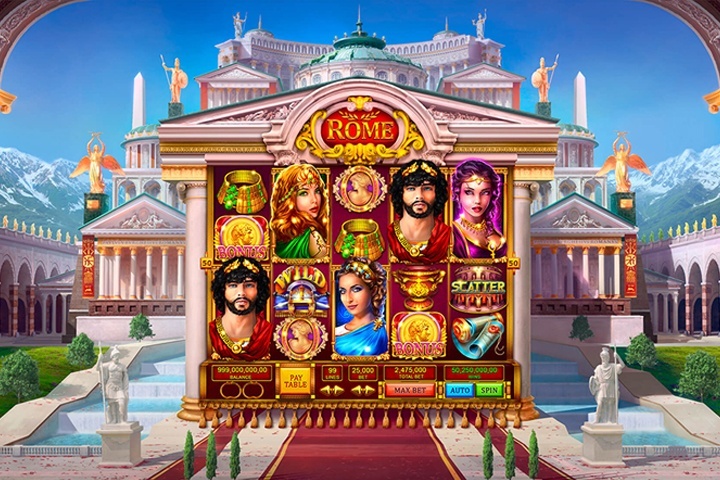
Slot games tend to be simpler to make than traditional games, but feature a lot more UI elements – cards, symbols, reels, VFX, and other elements. Slot game art is mostly focused on 2D elements, so your GDD should include the particular style (and possibly story background) you want to apply to the project. Thus, the GDD will have a robust “Assets” section, featuring core and additional UI elements.
RPG game design document
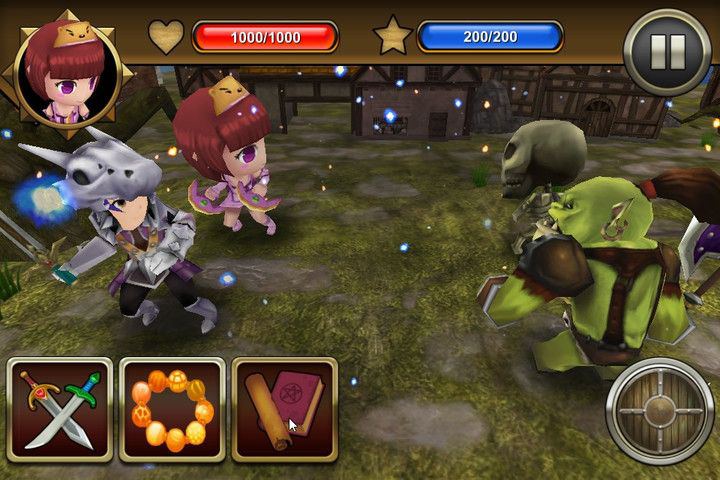
Role-playing games are incredibly complex in their story for each individual player, so GDDs mostly aim to document the key directions that the story can take without each individual path being outlined. For example, a character can be described as turning to the dark side, staying neutral, or following the light with the appropriate consequences listed instead of a path defined for each unique choice they make. If the outcome of user choices cannot be divided into a few options, the GDD will just allude to individualized results with the dev team having more specific insights.
Fighting game design document

The level of enjoyment derived from fighting games is often dependent on how well AI behavior or multiplayer modes are designed. Thus, if you are building a multiplayer game in Unreal (for example), you will want to outline the matchmaking modes and principles of matching in the document. As for AI opponents, you should at least specify the typical behaviors and patterns that they will display, along with how they will be affected by new difficulties.
Can You Order a Custom-Made Game Design Document?
Yes, absolutely. Such a service exists, and is offered by multiple game design studios, including Game-Ace.
Even if you choose to build the game in-house or go with another provider, a GDD appraisal and creation should be an independent review that rationally and honestly defines the work that needs to be done for the project to succeed.
Our studio has built hundreds of games and created various assets (art, animation, documentation) for many times more, so we know what we are doing. If you have a game project that needs appraisal, you are welcome to contact us and receive an unbiased and accurate report. If you need us to do any additional services, we will also be happy to oblige.
To get your GDD started with Game-Ace, just contact us.
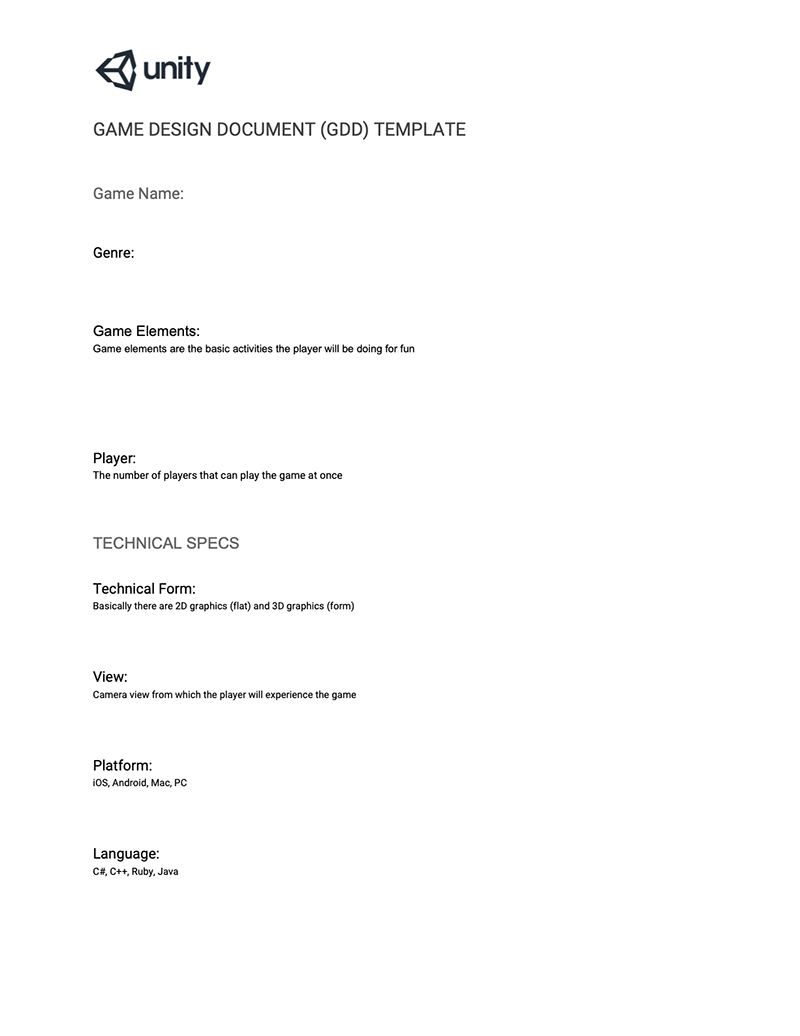
 How to Design Learning Games for Kids That Teach Real-World Skills
How to Design Learning Games for Kids That Teach Real-World Skills  Behind the Beeps: How Arcade Game Design Still Shapes Interactive Entertainment
Behind the Beeps: How Arcade Game Design Still Shapes Interactive Entertainment 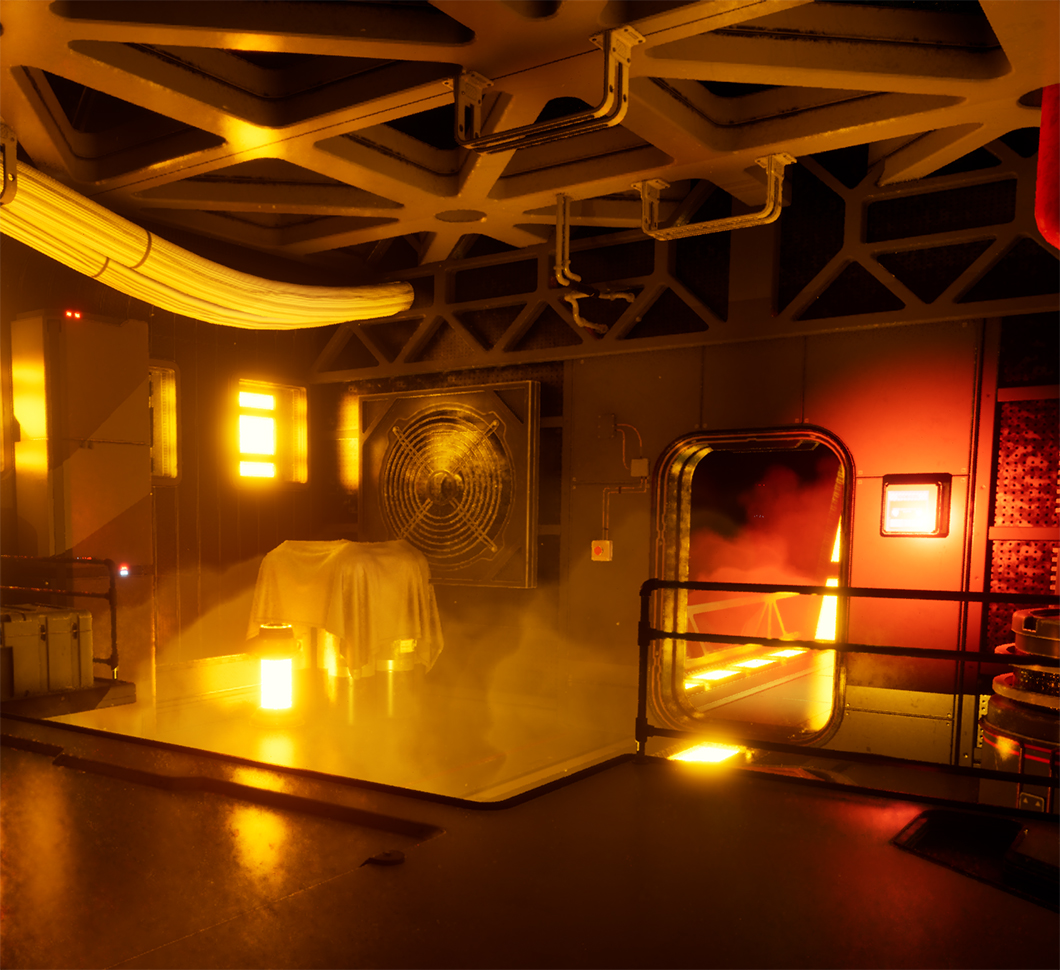 Crafting Immersive Worlds: The Power of Game Environment Design
Crafting Immersive Worlds: The Power of Game Environment Design  Mastering Narrative Game Design for Unforgettable Player Experiences
Mastering Narrative Game Design for Unforgettable Player Experiences 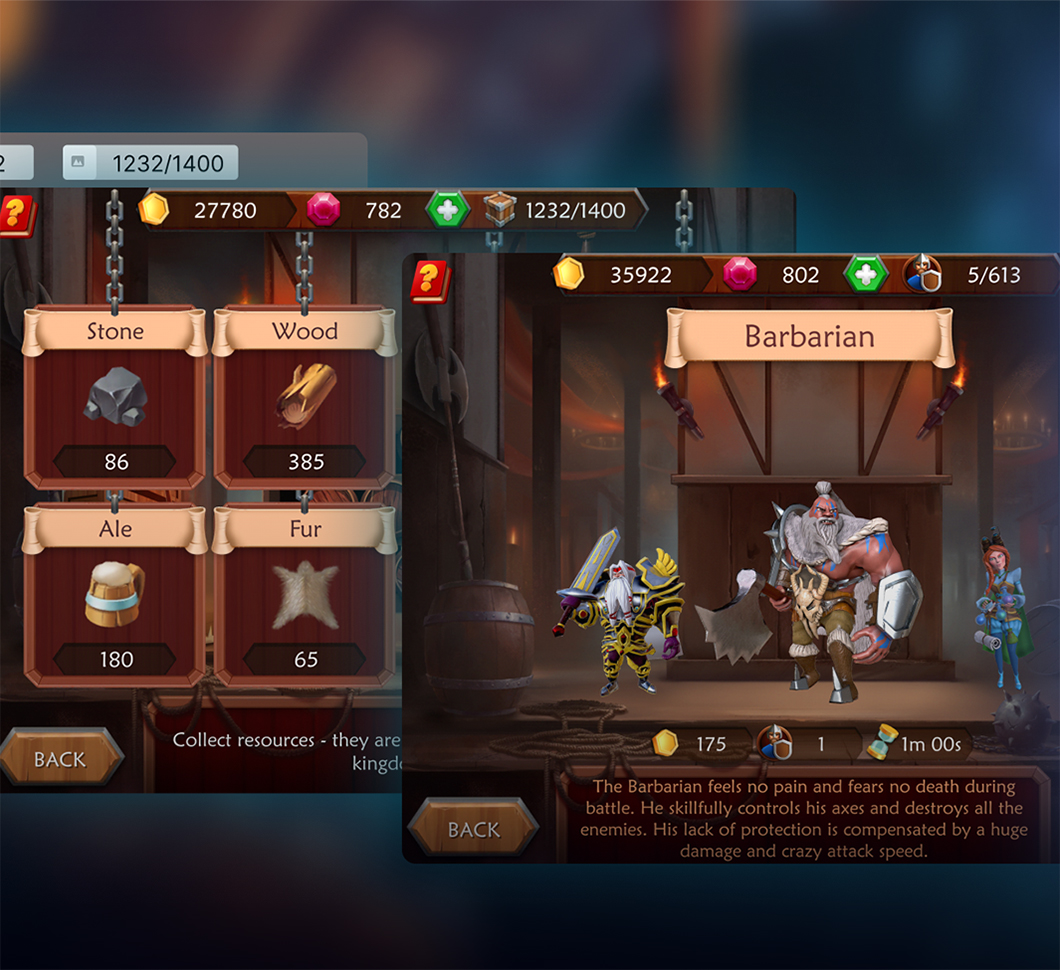 What Is Game UX? The Complete Guide for 2025
What Is Game UX? The Complete Guide for 2025 


































